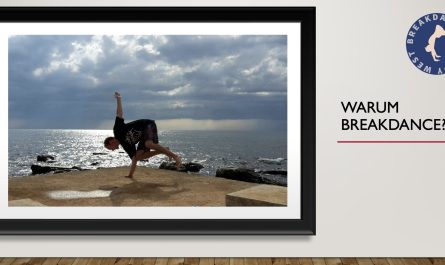Hologram Technology is considered to be the next big thing in sports. But how does it work and why is it so revolutionary? And are there any risks?
Can you imagine sitting in a stadium in your hometown and watching a World Cup final that is actually taking place 10’000 miles away? ‘Yeah’, you might say, ‘the stadium just hosts a big live screen and that’s it’. But that’s not what I’m talking about. I’m talking about “real” players on the field, which are moving as if they would play in your hometown stadium. You don’t believe me? Let me explain the magic behind it.
How does Holography work?

Have a look at the above illustration, which clearly explains holography.
To put it in my own words, holographic technology is about extracting multi-angle video and audio at one place and submitting it to a remote venue, where these components are being reconstructed and this eventually leads to a pseudo-3D display.
The First Holographic Press Conference
Holography was initially introduced to the sports world in May 2017, when the first holographic press conference was held in Munich. Prior to the Audi Cup, a football pre-season tournament at the Allianz Arena in Munich, three managers from Bayern Munich, Atletico Madrid, Liverpool were invited. The special thing was that only the local manager of Bayern Munich, Carlo Ancelotti at this time, was sitting “live” on stage. The other two managers, Jürgen Klopp and Diego Simeone didn’t make the trip to Munich, but thanks to holographic technology they were still able to take part at the press conference, sitting in Liverpool and Madrid respectively. Check out the video below and see it yourself.
https://www.youtube.com/watch?v=ucr4r1E4GCE
Bigger Purpose
This very press conference was only a glimpse of what we can possibly expect from holography in sports. Already in 2010, Japan promised to deliver holographic broadcasting as part of their bid for the 2022 FIFA World Cup. As you may know, Qatar eventually won that bid and Japan’s vision was interrupted. But not for long. Again it was Japan that made the headlines. In February 2018, the Japanese telecommunications company NTT revealed further progress in hologram technology, which should made it possible to deliver 3D broadcasts of the 2020 Summer Olympics to fans off-site.
Mixed Feelings
But what are the advantages of holographic technology for the fan experience and are there any risks? Well, at the end of the day fans often are coming together for the collective experience. This means that holography certainly has the potential to increase that collective experience. However, it remains to be seen if holographic technology will fill stadiums away from the ‘live’ scenery, especially when visitors have to buy a ticket for it. Conclusively, people will visit a sports venue with holographic technology if it’s affordable, and the collective experience has to be better than watching the game at home or in a bar.
What do you think of holographic technology? Do you believe that this is going to be the next thing in sports? Why and Why not?
If you have feedback or any questions, please leave a comment below.
Sources:
Image: www.sporttechie.com
Video: www.youtube.com
Icons: www.flaticon.com



